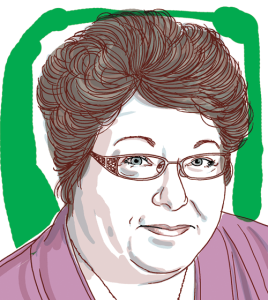
Leader to Leader: Working With Staff
How can volunteer leaders work with association staff to achieve great results?

Dr. Sharon F. Sevier
Board Chair, American School Counselor Association, Alexandria, Virginia
The Board of Directors of the American School Counselor Association embraces the policy governance structure. Using policy governance has allowed us to clearly define the roles between the board and the CEO and staff. That clarity allows the board to set the vision, which, in turn, allows the staff to take the vision and turn it into measurable objectives that serve our membership. Each entity is able to do what it does best without interfering with the other’s responsibilities. Collaboration, trust, and regular monitoring create a working relationship that enhances our talents and provides the most benefits for our membership.

Shep Hyken, CSP, CPAE
President, National Speakers Association, Tempe, Arizona
Two words come to mind: communication and trust. As with any good business relationship, communication is paramount. From there, trust and confidence are earned (on both sides). Updates are crucial to inform the board of progress. Board members must respect and trust the staff to do their job. My personal goal is to trust the staff and the process we have in place, and to avoid the temptation to micromanage. It really is amazing how great results are achieved when you don’t get in the way of excellent people doing their job.

Julie Gill, Ph.D.
Board Chair, American Society of Radiologic Technologists, Albuquerque, New Mexico
I believe that a clear delineation between roles and responsibilities of the board and the staff is imperative. Although the board works with staff to develop a long-term strategic plan, we empower the CEO and staff to operationalize that plan. That’s not to say that at times we don’t try to get in the weeds, but when we do, there is usually at least one board member who reminds us that we are discussing an operational issue and we need to let it go. In order to do this effectively, the board has to have strong confidence in the CEO and staff.

Thomas S. Roukis, DPM, Ph.D., FACFAS
President, American College of Foot and Ankle Surgeons, Chicago
Three keys to success here: 1) Volunteer members should understand that association staff have specialized skills, knowledge, and vision within their specialty of association management just like the volunteer does within the industry. 2) Both parties should focus on the organization’s strategic plan and member survey data, not private agendas. 3) The best results will occur when mutual trust exists between the volunteer member and the association staff.
Illustrations by Monica Hellstrom.






Comments